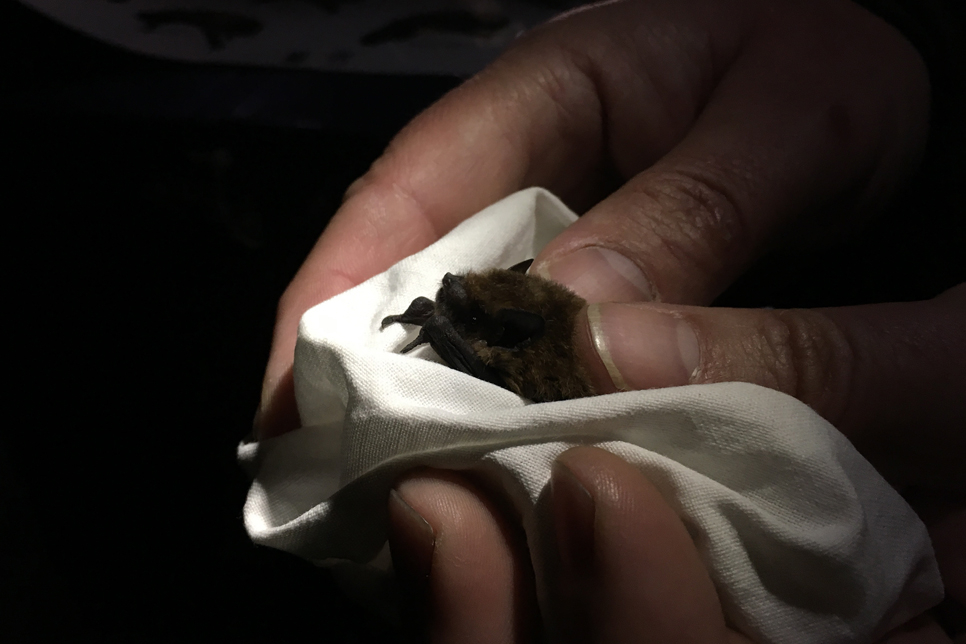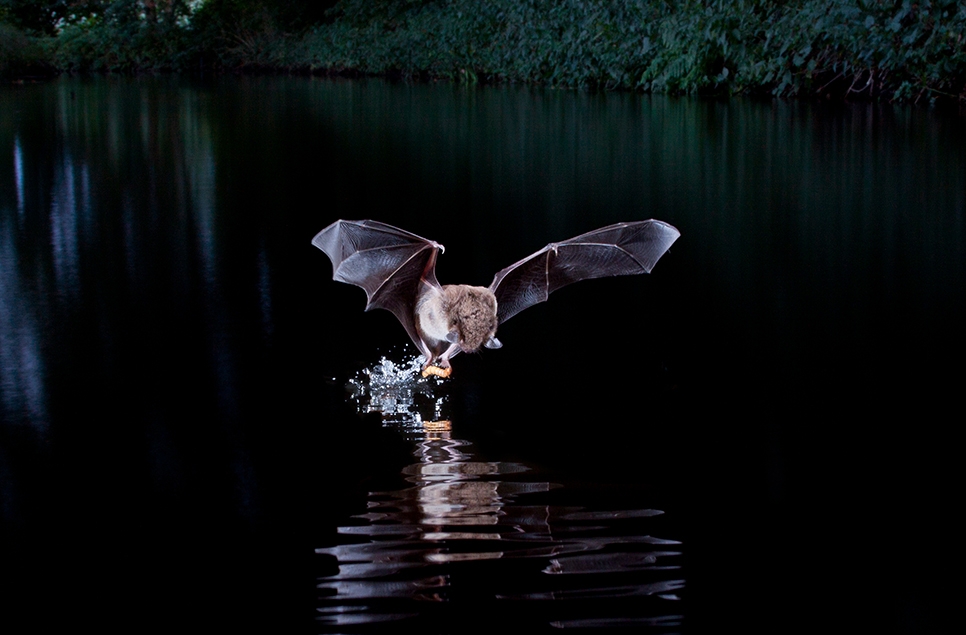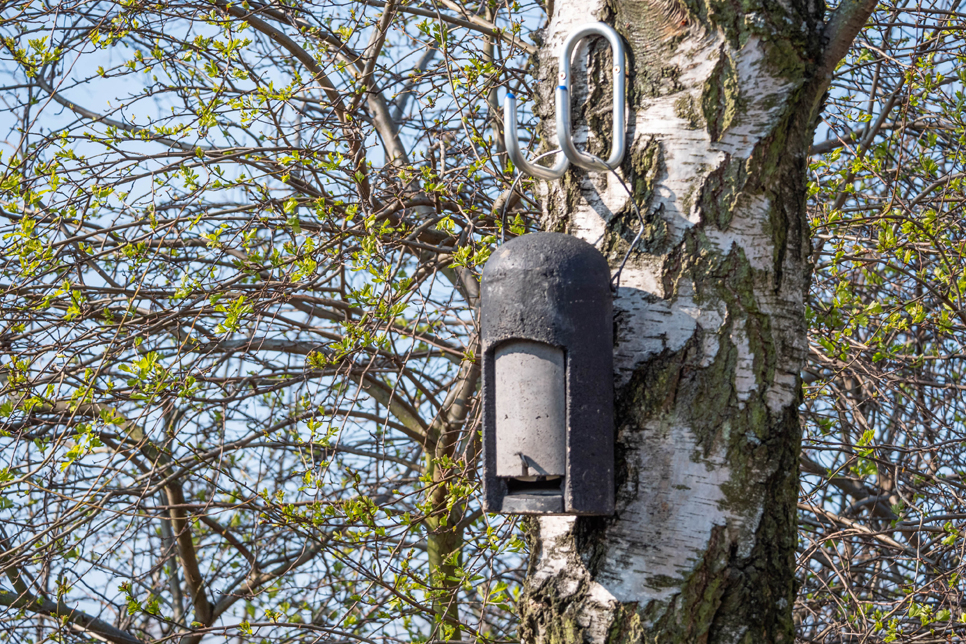Because you know we're all about the bats...

When you wander around Washington WWT you’ll see a lot of bird boxes up in the trees, but there are other boxes that look a little different with the entrance at the bottom. These have been designed to provide roosts for bats rather than birds.
Because we are open during daylight hours, it’s easy to forget that the centre and reserve are home to a whole variety of nocturnal animals that visitors and staff rarely see, but still play an important role in maintaining the ecosystem and food chains that make it a successful habitat.
What Is A Bat?
Bats first evolved around when dinosaurs were still around. It’s thought that they evolved from a shrew-like rodent, but they are now a distinct group of mammals in their own right. With 1,400 species across the globe, bats now make up around 20% of all worldwide mammal species!
There are 17 species of bat in the UK. The smallest is the common pipistrelle at around 6g and the largest, the noctule, is around 28g - that’s only a couple of grams heavier than a wood mouse! All of them eat insects and invertebrates.
The common pipistrelle bat (pictured below) can eat up to 3,000 midges every evening!

Bats and echolocation
Contrary to popular belief, bats aren’t blind! They actually have really good eyesight. However, to eat at night they use echolocation. Just like the sonar in a submarine, they sound out bursts of sound and listen for it as it bounces off the surface of their surroundings. This lets them navigate even tight spaces like woodland canopies and is a great way for them to find their food in the dark.
When they're shouting, they are shouting very loudly. A Daubenton's bat (pictured below) shouts at a volume that is 50 times louder than the legal decibel limit of a nightclub! Fortunately for us they shout at a frequency undetectable to our ears, which is why we need to use a bat detector to listen to them.
If they are that loud, how do they prevent themselves from damaging their hearing? Well, they can use the muscles around their eardrums to shut off their ears each time they shout, then open them again to listen for the echo. Considering some bats are shouting at up to 160 times a second, this is an incredible feat.

Bats at Washington Wetland Centre
To find out which bats we have living at WWT Washington, we use a variety of different methods. One of the simplest ways is to use a bat detector to listen to the bats flying around at night. Because they echolocate at different frequencies, we can work out which species we have here.
At certain times of the year we also check our bat boxes and count the bats inside, as well as identifying the species and gender. Because all bats are protected by law, this is done by licensed bat workers who have the experience and authority to handle bats. From time to time, we will also do something called harp trapping, this is a great method to gently catch bats flying around the site at night and identify them without hurting them. It’s also a fantastic way to see which bats are visiting the site for feeding rather than just roosting here.

So far we have found the following species at Washington WWT
Noctule Bat: The biggest UK bat with a face like a teddy bear, these bats fly high and fast. We hear them on the bat detectors at night with their distinctive chip chop call at 22khz.
Daubenton's Bat: Also called the water bat because of their habit of feeding over the surface of water and using their big hairy feet to catch emerging insects.
Brown Long Eared Bat: Total cuteness overload! This bat uses its big ears to listen for insects in the foliage then glen (pick them) off the surface. This method of hunting means we don’t often hear them on bat detectors but we have found them in the harp traps.
Common Pipistrelle: These little bats are often heard flying around site and because they will emerge around 20 mins after dusk they are often seen on our bat walks.
Nathusius Pipistrelle: The largest of the pipistrelles found in the UK these bats migrate from Eastern Europe to our shores in the summer. We are proud to be working with Durham Bat Group on the Nathusius project to find out more about these bats and their habits in the UK.
Soprano Pipistrelle: (Pictured in hand below) Often found making use of our bat boxes, particularly in the Autumn, these little bats prefer wetter habitats so it's not surprising it’s one of the most common bats at WWT Washington.

Want to know more about bats? Visit the Bat Conservation Trust.
Ready to visit?
If you've been inspired to explore Washington Wetland Centre, find out more and plan your visit online.
Plan your visit


